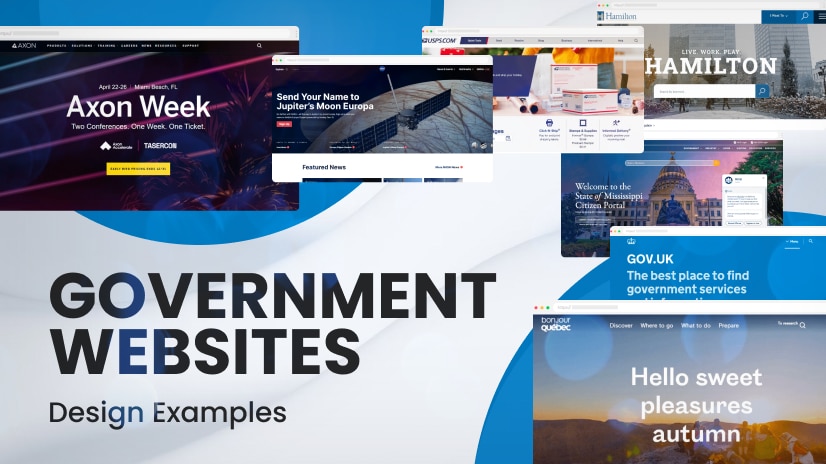How to Create a Recruitment Agency Website: A Comprehensive Guide
Introduction
A well-designed and efficient website is essential for any business in the modern digital world, including recruiting firms. A website for a recruiting agency may be a very effective tool for connecting with companies and job seekers and presenting your offerings. This tutorial will show you how to build a recruiting agency website that successfully attracts the attention of your target market. How do I create a recruitment agency website?

Step 1: Define Your Website’s Goals and Target Audience
It’s critical to outline your objectives and pinpoint your target market before you start building your website. Choose whether your organization will concentrate on particular industries, employment levels, or geographical areas. You may adjust the content and look of your website by being aware of your audience’s demands and preferences. https://diversewebsitedesign.com.au/recruitment-website-design/
Step 2: Choose a Domain Name and Hosting Provider
Your domain name serves as the online address for your website, so it should be unique, pertinent to your business, and simple to type. Think about including the name of your agency or a pertinent keyword. Choose a trustworthy hosting company that provides enough storage, bandwidth, and security features after deciding on a domain name.
Step 3: Select a Website Platform
A content management system (CMS) makes it easier to create and manage the material for your website. Popular choices with user-friendly interfaces and a large selection of editable layouts include WordPress, Wix, and Squarespace. Select a platform that satisfies the requirements of your organization and enables you to build a reputable and eye-catching website.
Step 4: Design an Engaging and User-Friendly Layout
Make a clean and user-friendly layout a top priority when developing your recruitment agency website. Utilize a consistent color scheme and typography that complements the branding of your agency. Make sure your website is responsive, which means it can easily adjust to different devices and screen sizes to give users of desktop and mobile devices the best possible experience.
Step 5: Craft Compelling Content
The information on your website should make it clear what your organization does, how it excels, and what it stands for. Create pages that are interesting and instructive and showcase your areas of expertise, such as executive search, temporary staffing, or permanent placement. To show how your company delivers value to clients and applicants, use persuasive language.
Incorporate pertinent keywords into your content to improve the visibility of your website on search engines like Google. To raise your website’s search engine score, use descriptive headings, meta tags, and alt text for images. Update your content frequently to keep it current and interesting.
Step 6: Implement Key Features
A recruitment agency website’s capacity to display job postings and enable job seekers to search for openings is one of its key characteristics. Implement a user-friendly job search feature that allows users to sort job postings based on factors like location, industry, and job type.
Think about implementing safe candidate and client portals where logged-in users can access more resources. Clients can place job orders and examine applicant submissions, while candidates can upload resumes and check the status of their applications. https://www.dynamicwebdesign.com.au/our-services/ecommerce-designers/

Include contact forms on your website to make it simple for prospective clients and candidates to contact your business. To enable effective communication, gather crucial data such as name, email, phone number, and query details.
Step 7: Integrate Social Proof and Testimonials
To establish credibility and develop trust with your audience, showcase client endorsements and success stories. Potential clients and applicants can be significantly influenced by positive testimonials from delighted clients and successful job placements.
Step 8: Optimize for Mobile and Speed
Your website must be optimized for mobile browsing given the rising popularity of mobile devices. To guarantee a flawless user experience, test your website’s performance and functioning across various devices.
An unsatisfactory user experience and significant bounce rates can result from a slow-loading website. Use browser caching, minify code, and optimize graphics to speed up the loading of your website.
Step 9: Implement Analytics and Monitoring
Track crucial information like website traffic, user behavior, and conversion rates by integrating web analytics solutions like Google Analytics. Analyze these data frequently to learn more about the operation of your website and to guide your optimization choices.

Step 10: Launch and Promote Your Website
When your website is complete, use email marketing, social media, and other appropriate channels to advertise the launch. Encourage customers, candidates, and business partners to look around your website and tell their networks about it.
A website for a recruitment firm must be successful on a continuous basis. To stay relevant and competitive in the always changing online environment, update your content, revamp your look, and add new features on a regular basis.
Conclusion
The reach and impact of your recruitment firm can be significantly increased by making the strategic investment of building a website. You can create a website that appeals to clients, engages candidates, and strengthens your agency’s standing in the cutthroat recruitment market by following the instructions provided in this tutorial. Remember that a well-kept website is a precious asset that needs ongoing care and development to be successful over the long haul.






